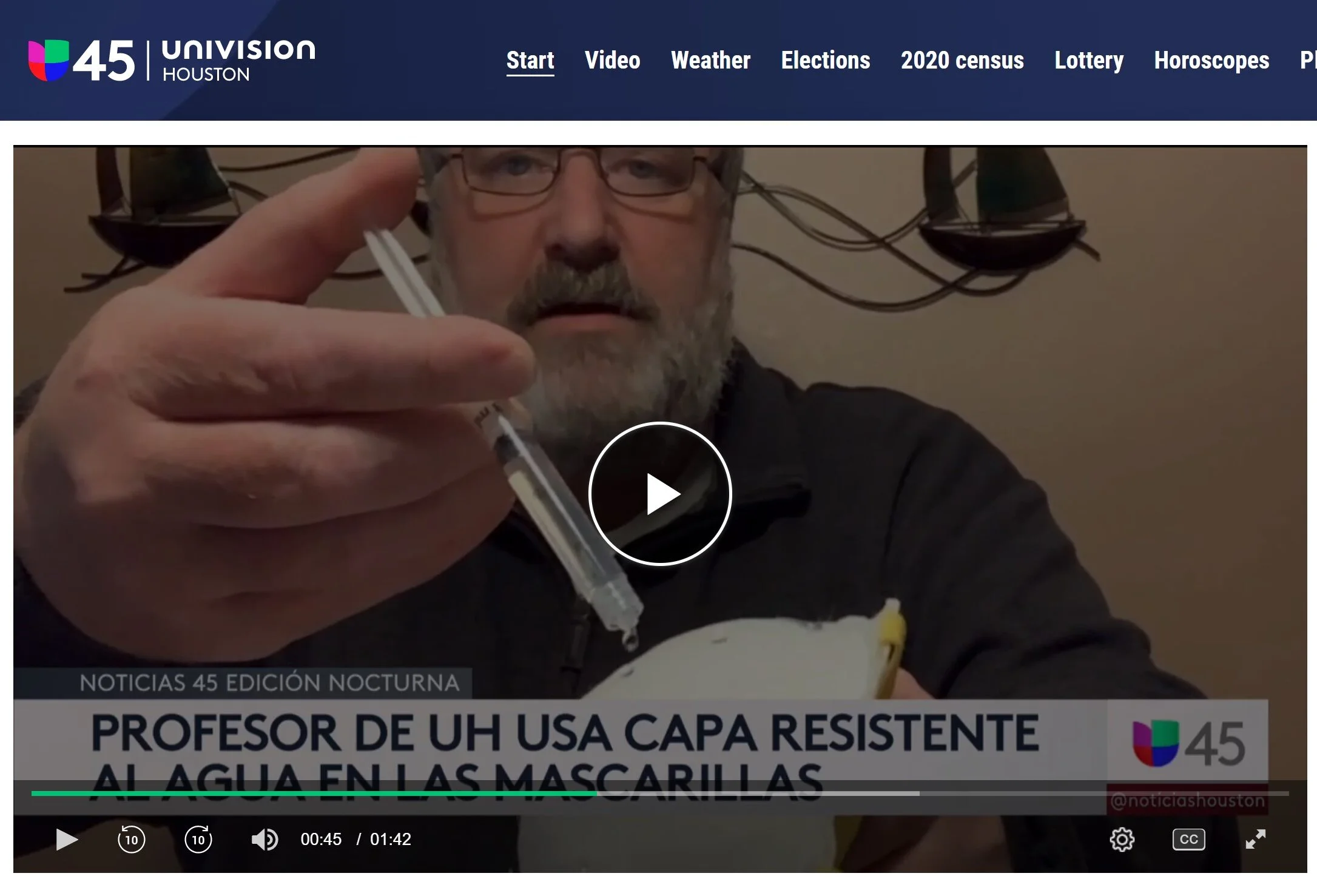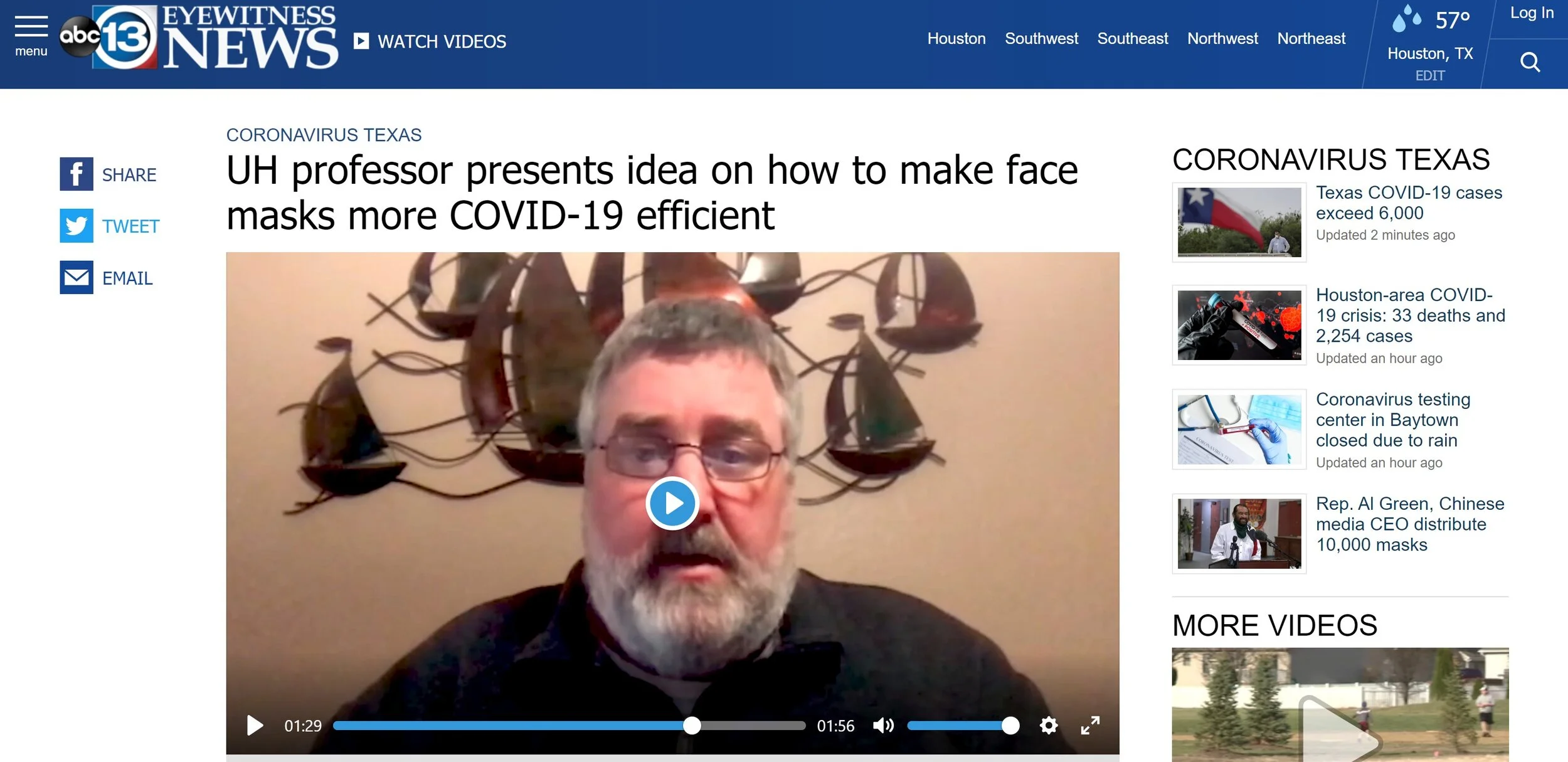Integricote recently completed a large project for Transwestern that entailed cleaning and sealing the north-facing exterior brick facade of Building 3 at the University of Houston Energy Research Park. Transwestern had noted ongoing complaints of water/moisture ingress/seepages, particularly on rainy days. After sealing the north-facing brick facade with CaraPro® Single-Coat-Clear Masonry Sealer, building management has yet to report any cases of further water ingress/seepage.
Integricote featured in the University of Houston News
Integricote develops superhydrophobic/oleophilic absorbent material for crude oil cleanup
Integricote is proud to announce the launch of a new product that selectively absorbs hydrocarbons/oil from aqueous hydrocarbon/oil mixtures or emulsions. Rooted in nanotechnology developed three years ago, Integricote’s new oleophilic/hydrophobic materials are now ready for market after extensive trials and testing. This technology is immensely adept at recovering hydrocarbons/oils following environmentally/ecologically disastrous events (e.g., oil spills/leaks) – effectively reducing the risk of marine pollution while minimizing monetary losses by recovering lost hydrocarbons/oils.
Please enjoy the video: || Oil/Water Separation using Superhydrophobic/Oleophilic Cloth ||
Coating that effectively prevents wood pellets from water damage
Wood pellets are formed from sawdust or other ground woody components that are used as a renewable energy source. Wood production has changed, according to the IEA*, from 6-7 Mt (2006); 14.3 Mt (2010) to 26 Mt (2015).
There are very defined classifications (ISO 17225-2) on pellet sizes, weights, and moisture content. One of the physical challenges with wood pellets is that in contact with water they fall apart very quickly. We would like to announce that using an ultra thin coating we can make these pellets water repellent.
Please enjoy the video.
[*Thran et al (2017), 'Global Wood Pellet Industry and Trade Study', IEA Bioenergy Task 40, June 2017]









